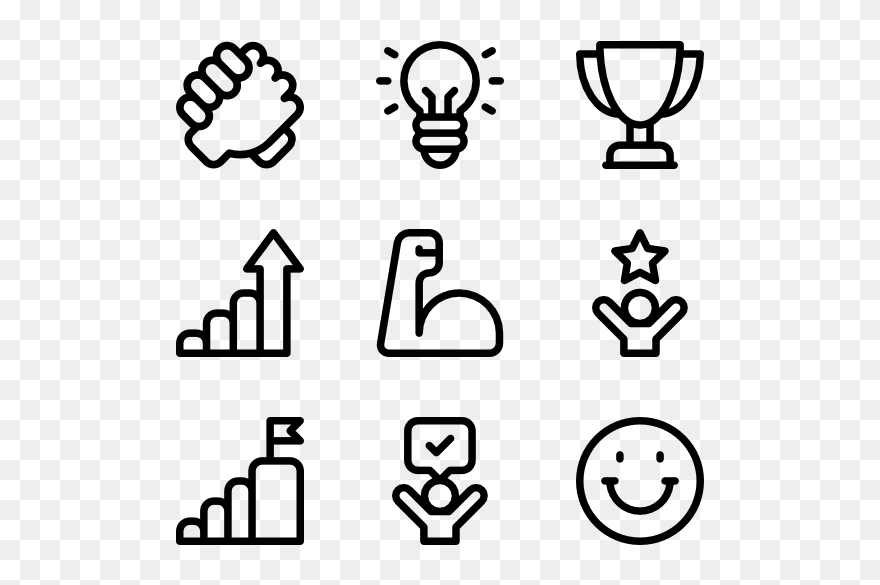Embracing a Learning Mindset for Career Adaptability

Updated at: 2023-07-16 17:13:12 (2 years ago by Melkisedeck Leon Shine)
Embracing a Learning Mindset for Career Adaptability 🎓🌟
Hello there, lovely readers! Welcome to another article by yours truly, AckySHINE, your trusted career development and success expert. Today, I want to dive into the importance of embracing a learning mindset for career adaptability. In this rapidly changing world, staying relevant and adaptable is key to achieving long-term career success. So, let's get started on this exciting journey of personal and professional growth! 🌱💼
-
Always be curious and open-minded. 🤔 As AckySHINE, I recommend nurturing a sense of curiosity and being open to new ideas. Embracing a learning mindset means constantly seeking opportunities to expand your knowledge and skills.
-
Be willing to step out of your comfort zone. 👣 Growth happens when we push ourselves beyond what we already know. As AckySHINE, I advise you to embrace new challenges and experiences, even if they seem intimidating at first. It's through these uncomfortable situations that we truly learn and adapt.
-
Embrace failure as a learning opportunity. 🚀🔁 Failure is not the end, but rather a stepping stone towards success. As AckySHINE, I suggest viewing failures as valuable learning opportunities. Analyze what went wrong, learn from it, and use that knowledge to improve and adapt in the future.
-
Continuously update your skills. 🔄🔧 In today's fast-paced world, skills become outdated quickly. To stay competitive, it's crucial to constantly update and acquire new skills. As AckySHINE, I recommend taking online courses, attending workshops, or seeking mentorship to enhance your skillset.
-
Seek feedback and constructive criticism. 📝🔍 Feedback is a powerful tool for growth. As AckySHINE, I advise you to actively seek feedback from your colleagues, mentors, and supervisors. Embrace constructive criticism and use it as an opportunity to improve and adapt.
-
Network, network, network! 🤝🌐 Networking is not just about building connections, but also about learning from others. As AckySHINE, I recommend attending industry events, joining professional groups, and engaging with like-minded individuals. Remember, learning from others is a valuable asset in your career journey.
-
Embrace technology and digital skills. 📱💻 Technology is revolutionizing the workplace. As AckySHINE, I urge you to become familiar with emerging technologies and develop digital skills relevant to your field. Embracing technology will make you more adaptable and open up new career opportunities.
-
Emphasize continuous learning in your professional goals. 🎯📚 As AckySHINE, I suggest setting professional goals that prioritize continuous learning. Whether it's completing a certification, attending a conference, or reading industry-related articles, make learning a key component of your career roadmap.
-
Foster a growth mindset. 🌱🧠 A growth mindset is the belief that abilities and intelligence can be developed through dedication and hard work. As AckySHINE, I recommend cultivating a growth mindset to embrace challenges, persevere through setbacks, and continue to grow both personally and professionally.
-
Embrace diversity and inclusion. 🌈🤝 Diversity and inclusion foster creativity, innovation, and adaptability. As AckySHINE, I urge you to embrace diverse perspectives and create an inclusive work environment. By valuing and respecting different viewpoints, you'll expand your own knowledge and adaptability.
-
Stay abreast of industry trends. 📊📈 To adapt to changing market demands, it's essential to stay informed about industry trends and developments. As AckySHINE, I recommend subscribing to industry newsletters, following thought leaders on social media, and actively engaging in discussions about the latest trends.
-
Embrace mentorship and coaching. 🙏📋 Mentors and coaches provide guidance, wisdom, and support throughout your career journey. As AckySHINE, I encourage you to seek out mentors and coaches who can offer valuable insights and help you navigate through challenges.
-
Take advantage of professional development opportunities. 💼📚 Many organizations offer professional development programs and opportunities. As AckySHINE, I advise you to seize these opportunities to enhance your skills, expand your knowledge, and demonstrate your commitment to continuous learning.
-
Embrace a positive attitude. 😄🌞 A positive attitude can make all the difference in your career adaptability. As AckySHINE, I recommend cultivating an optimistic mindset, even in the face of challenges. Embrace setbacks as learning experiences and approach new opportunities with enthusiasm.
-
Reflect on your learning journey. 📝🤔 Finally, as AckySHINE, I encourage you to regularly reflect on your learning journey. Take time to assess your progress, celebrate your achievements, and identify areas for further growth. Keep a journal, set learning goals, and track your development over time.
So, dear readers, what is your opinion on embracing a learning mindset for career adaptability? Are you ready to embark on this exciting journey of personal and professional growth? Share your thoughts and let's continue this conversation! 🌱💼📚



